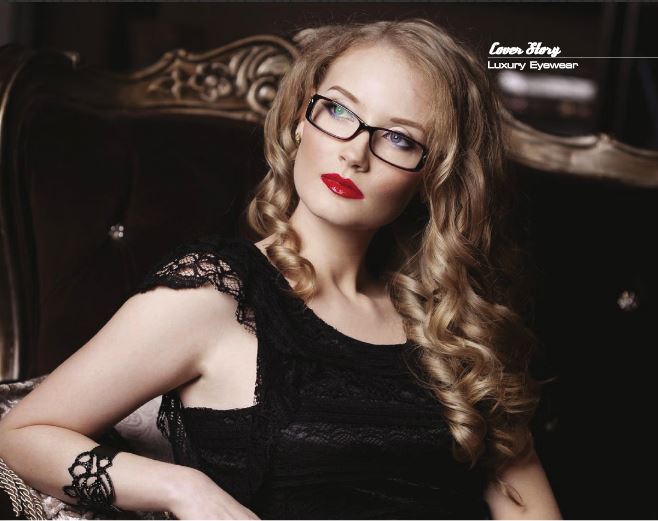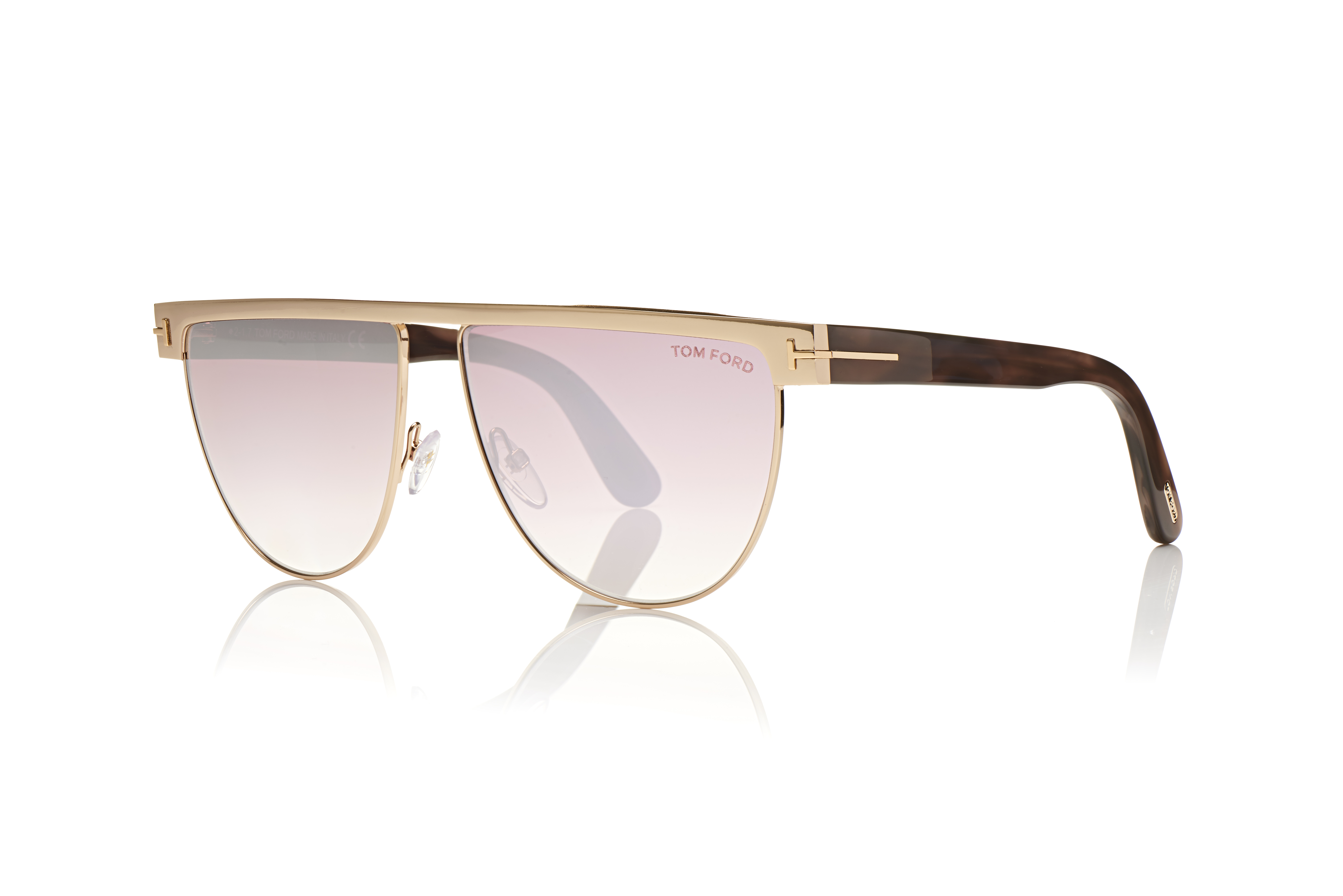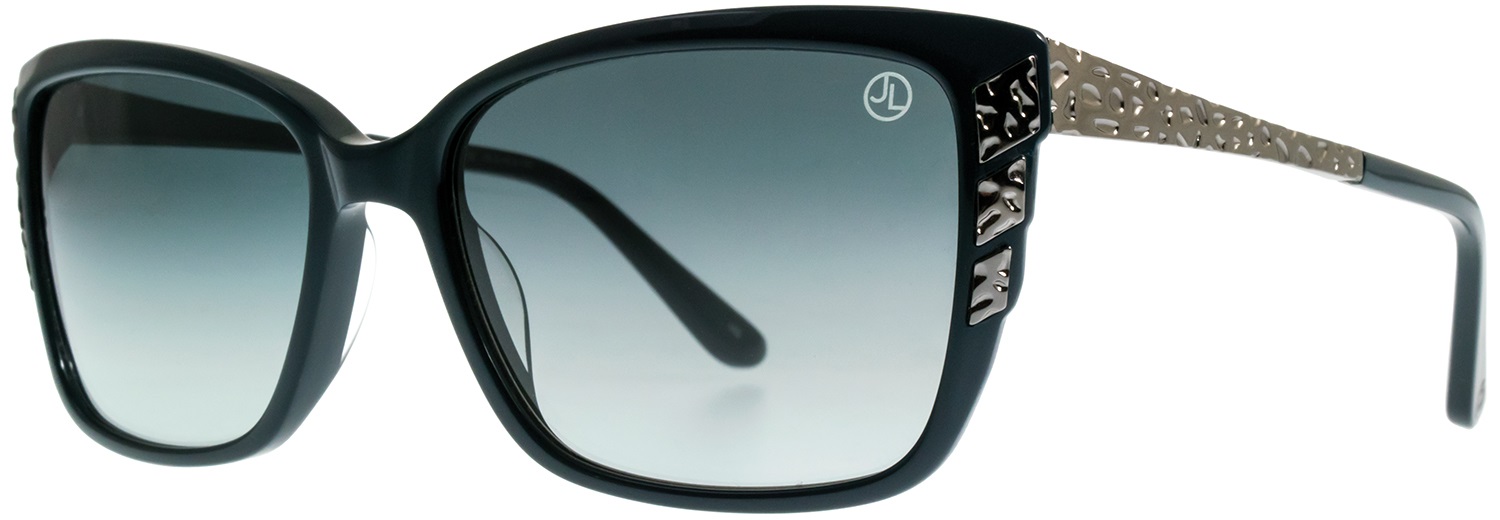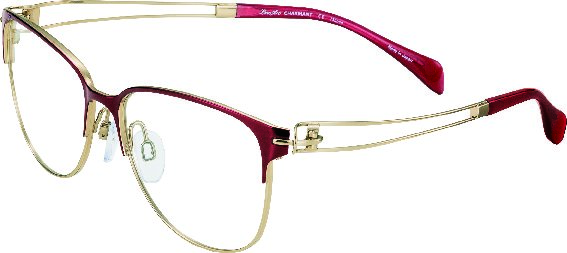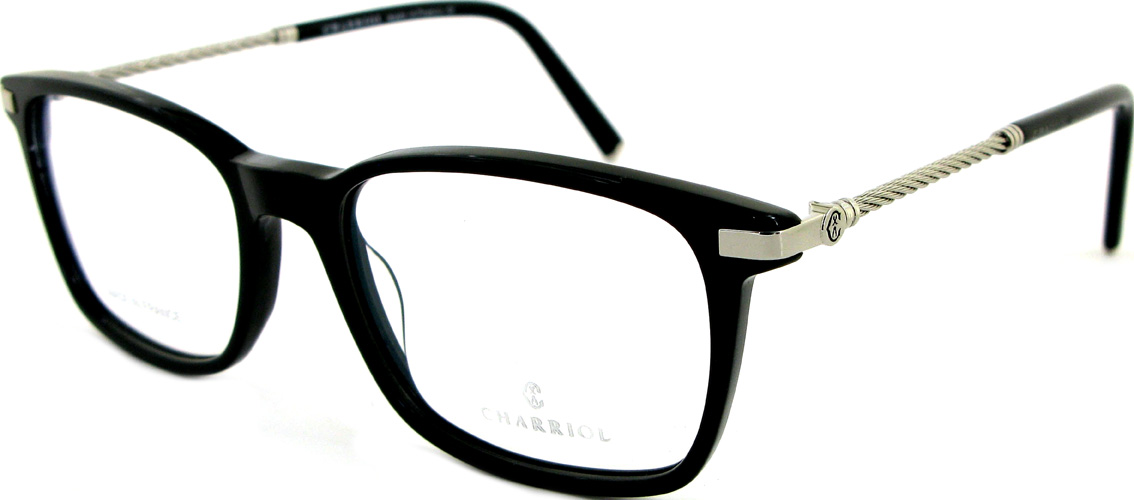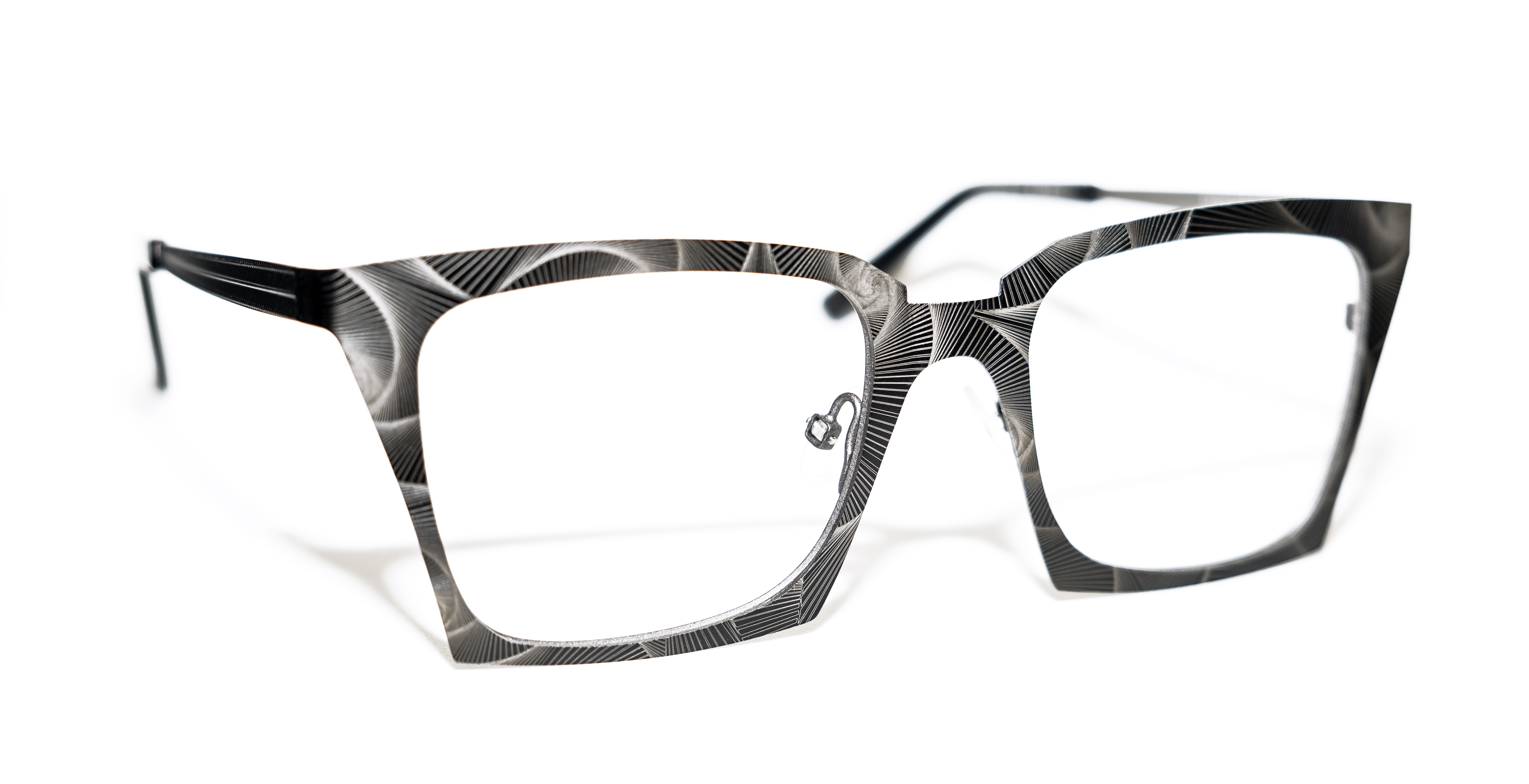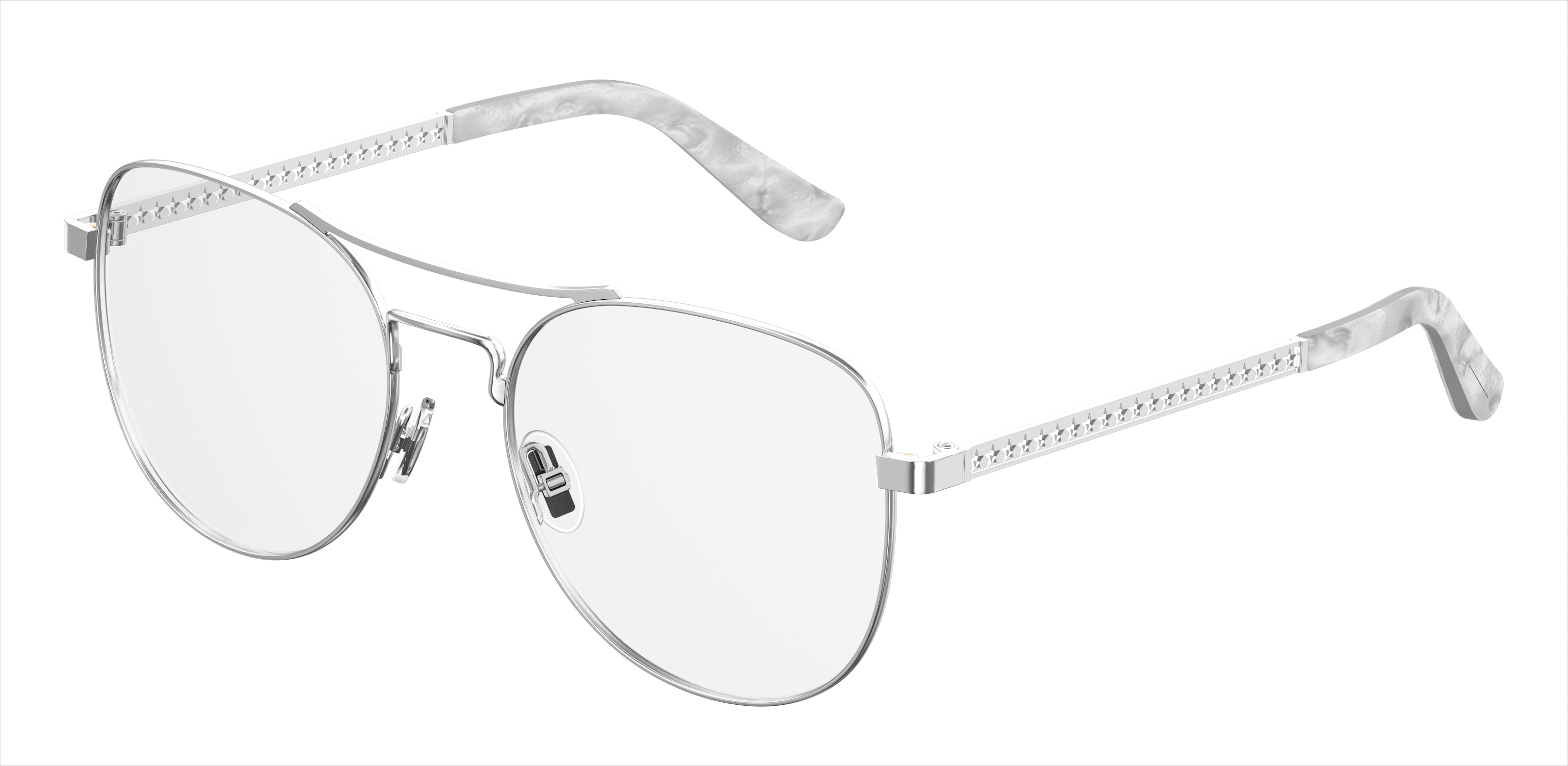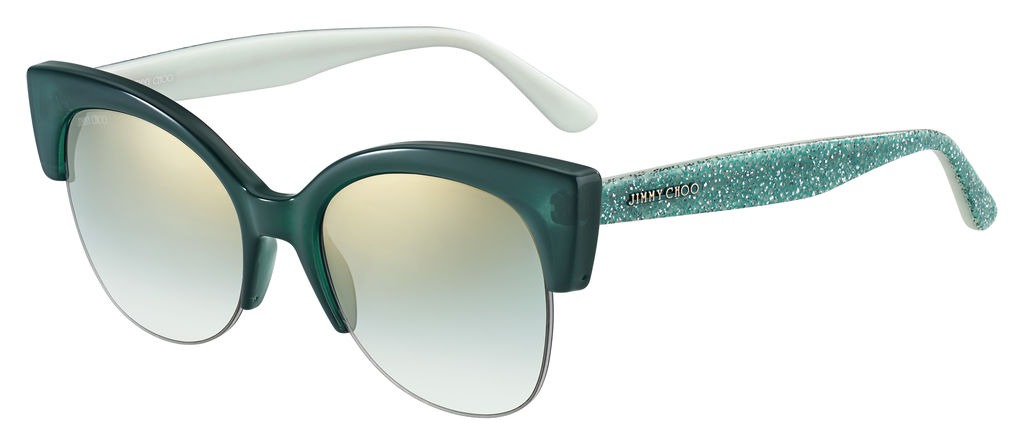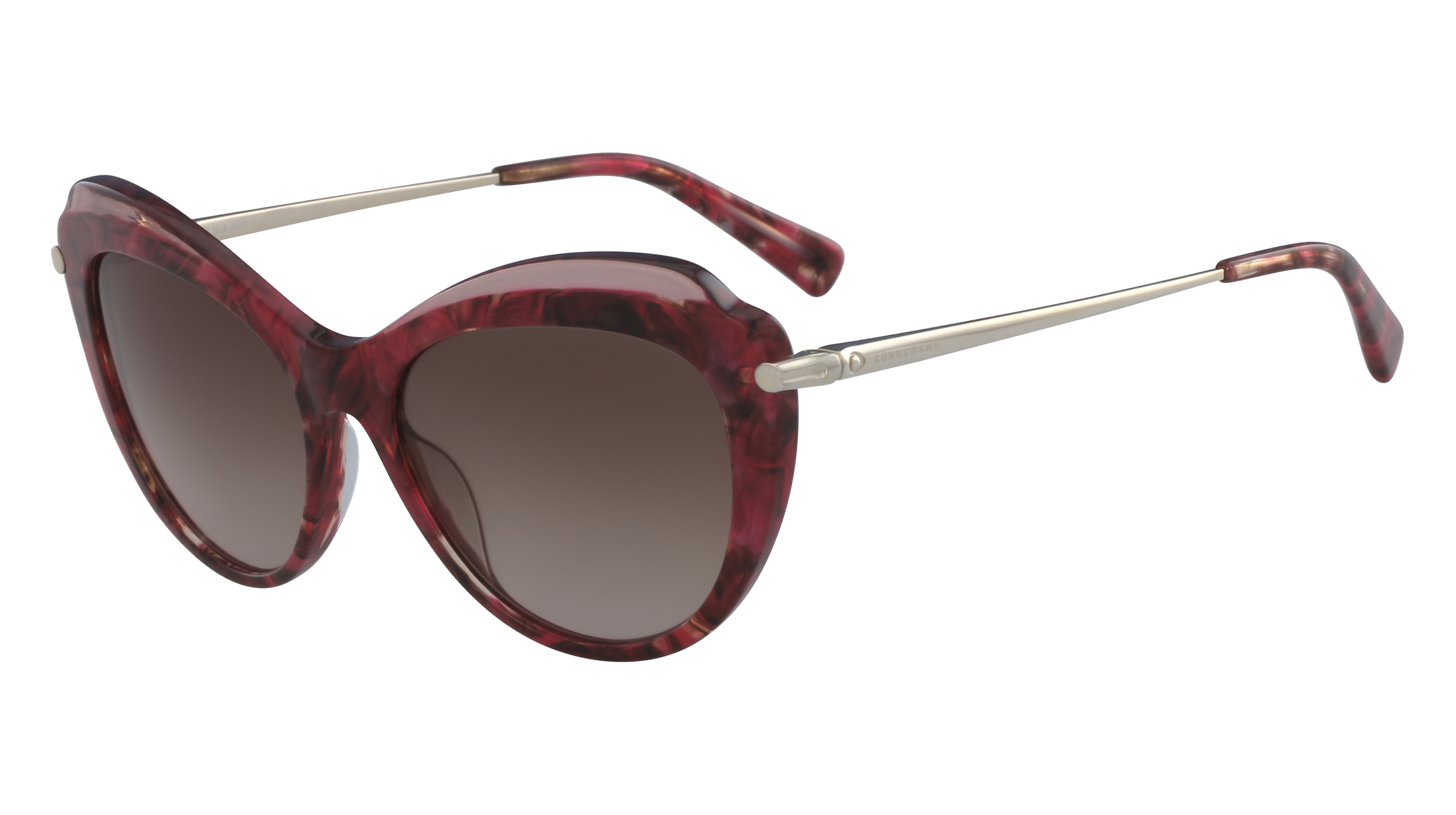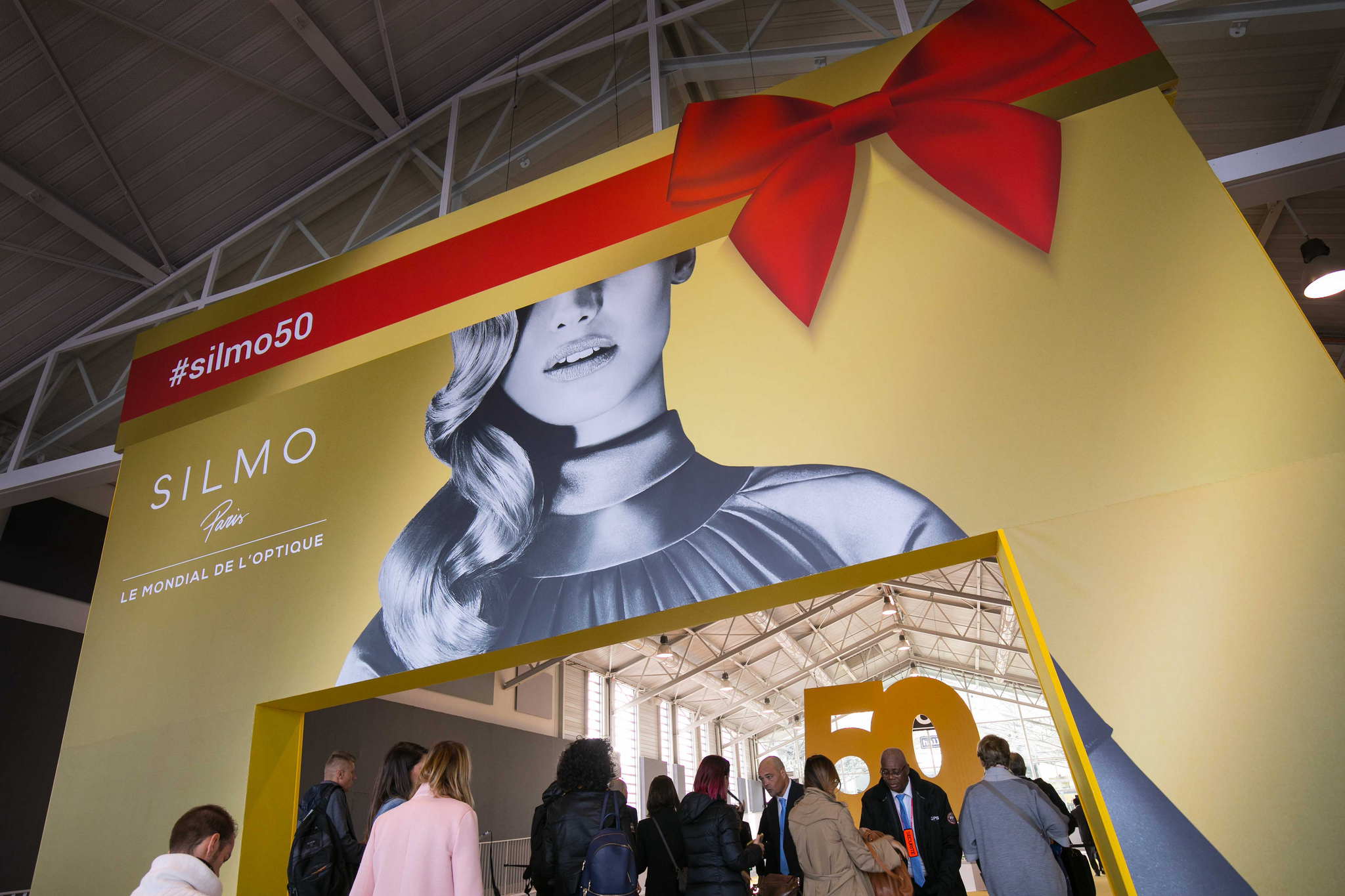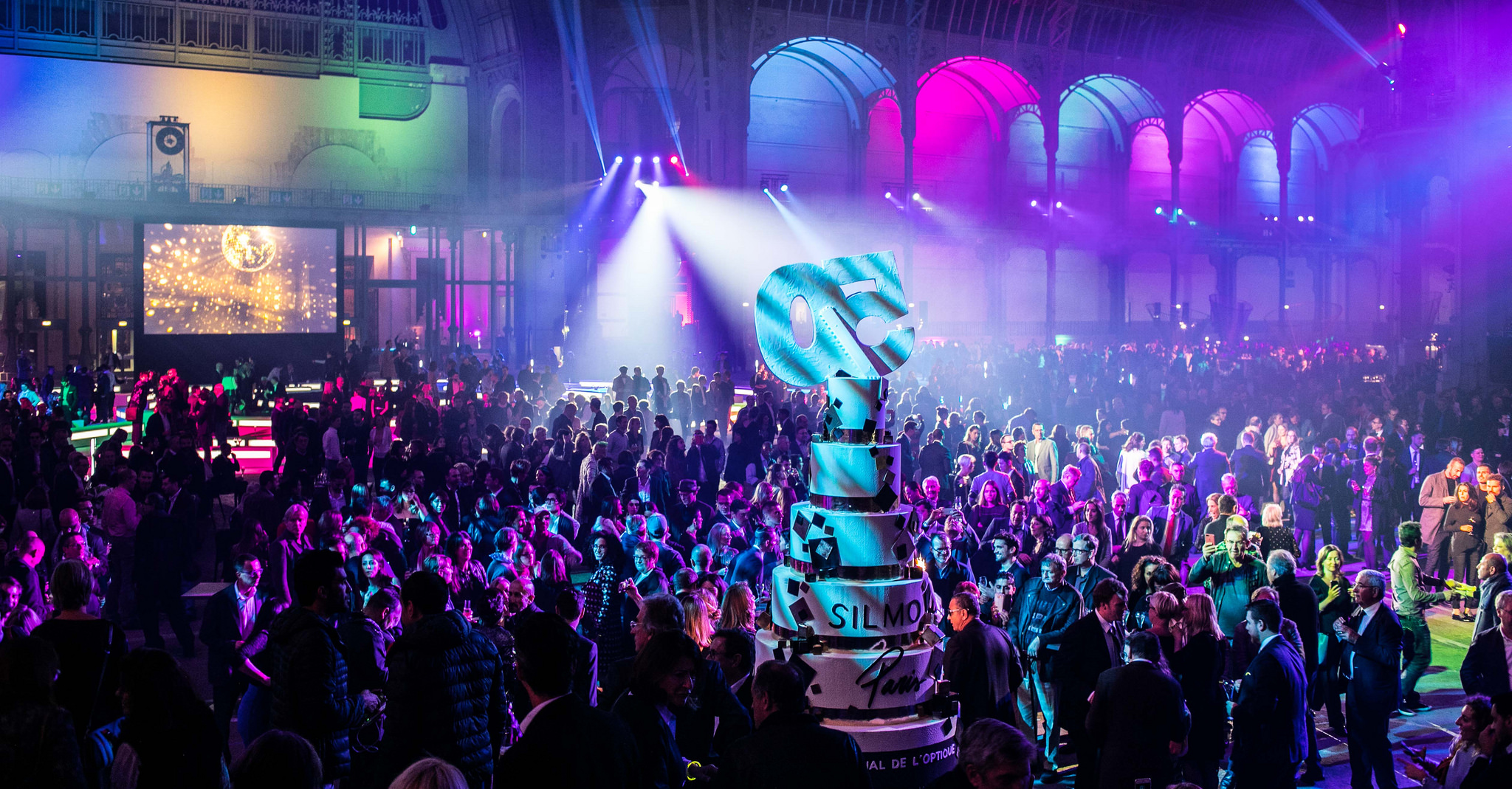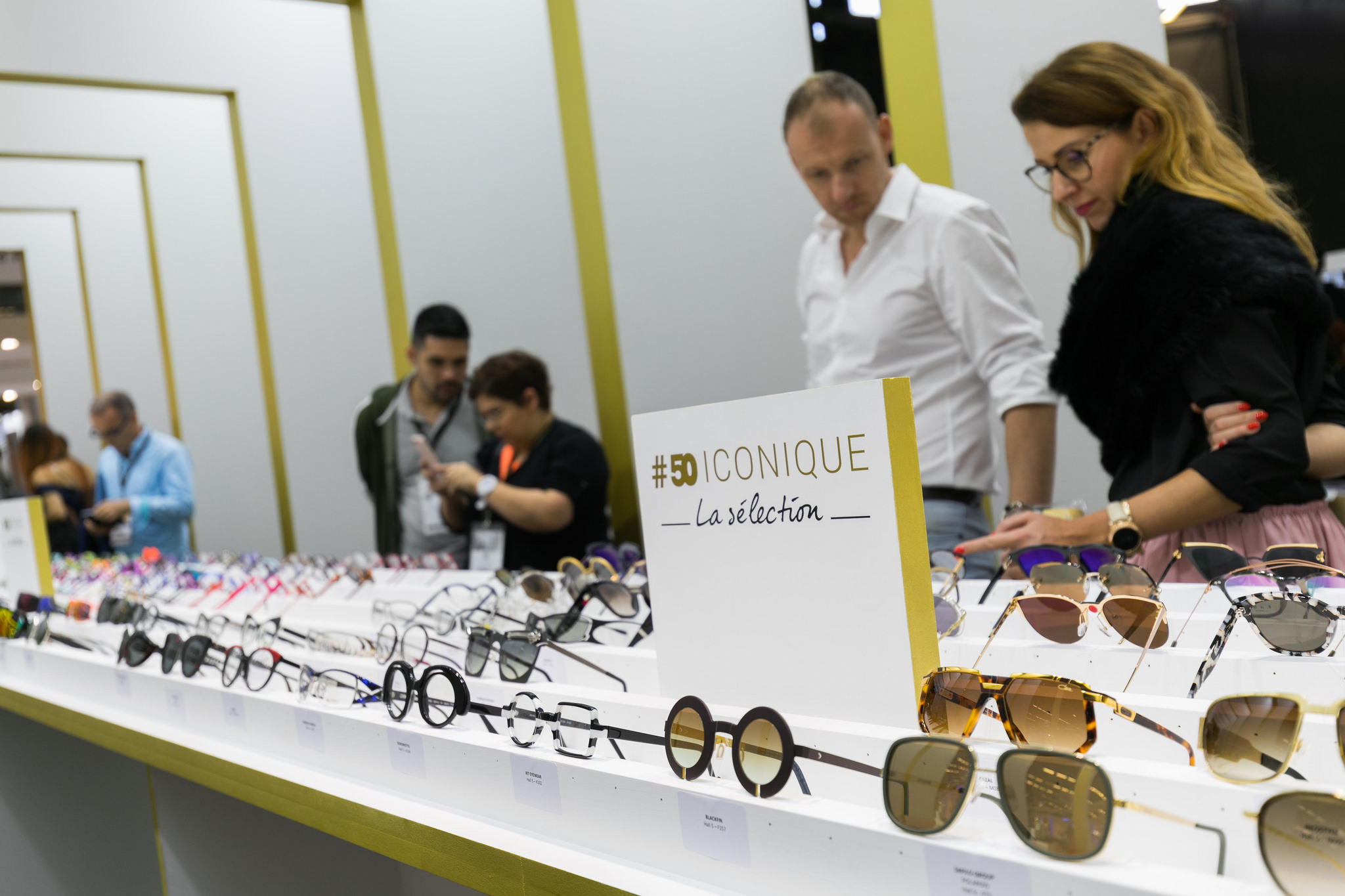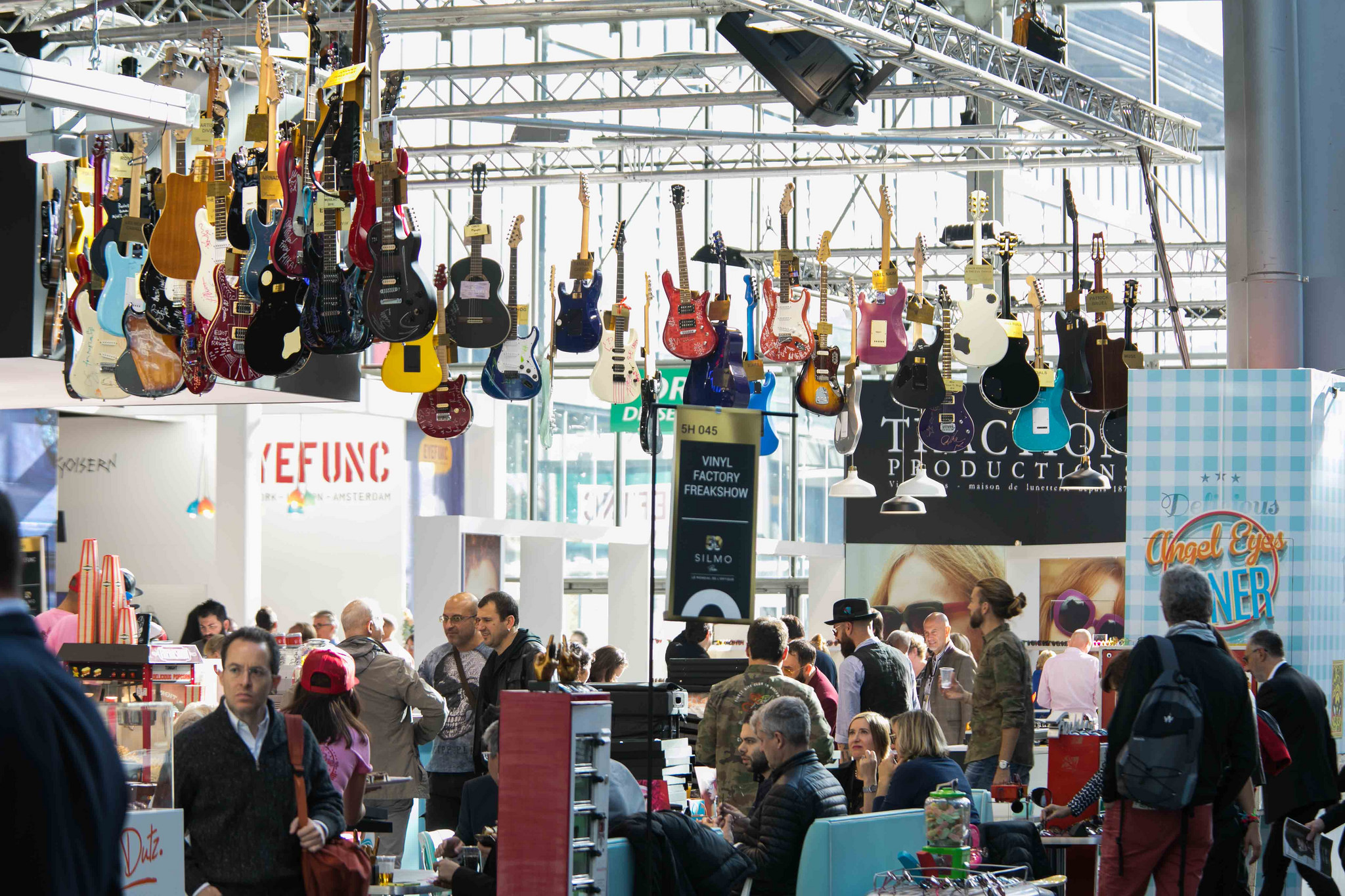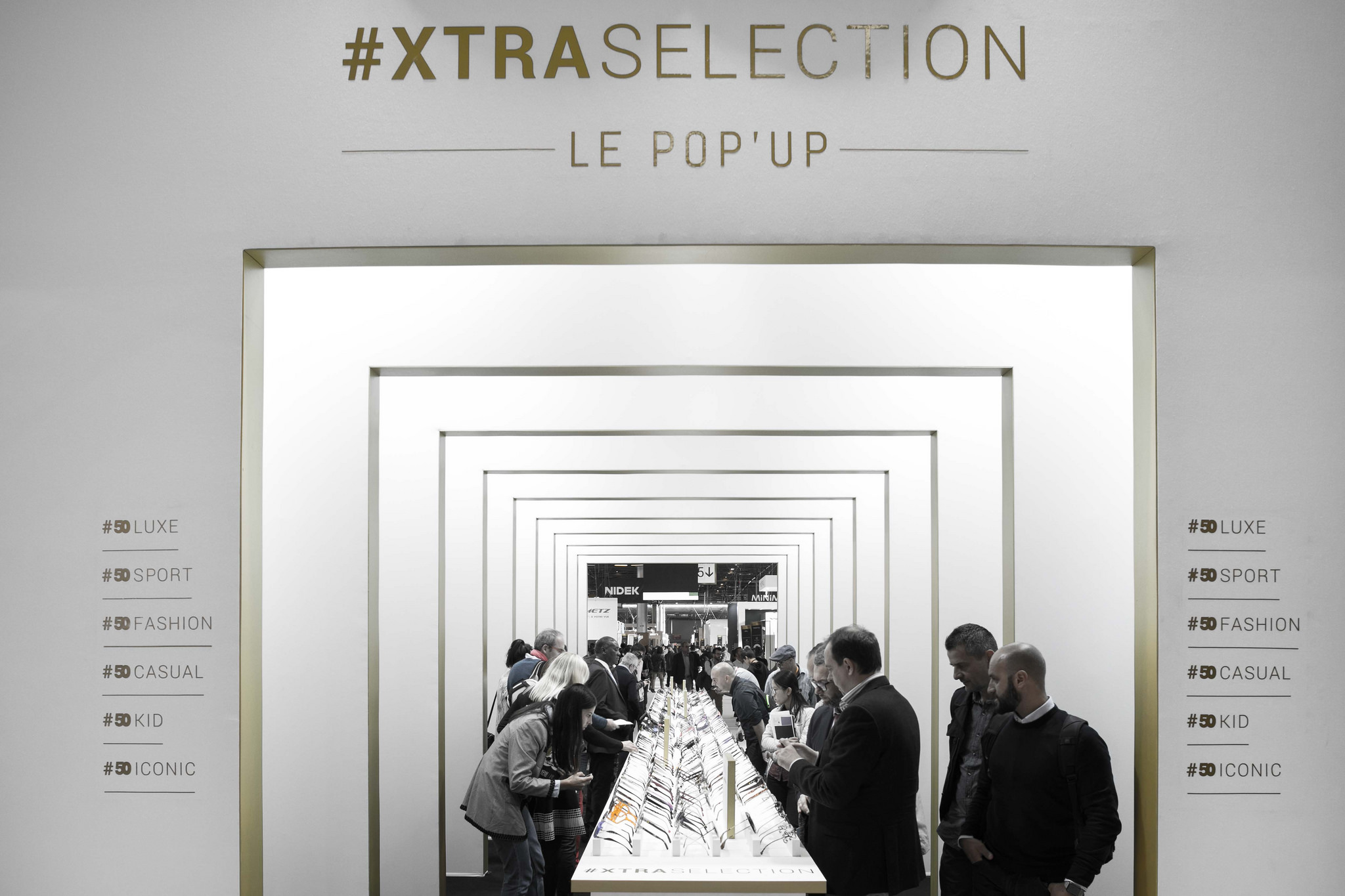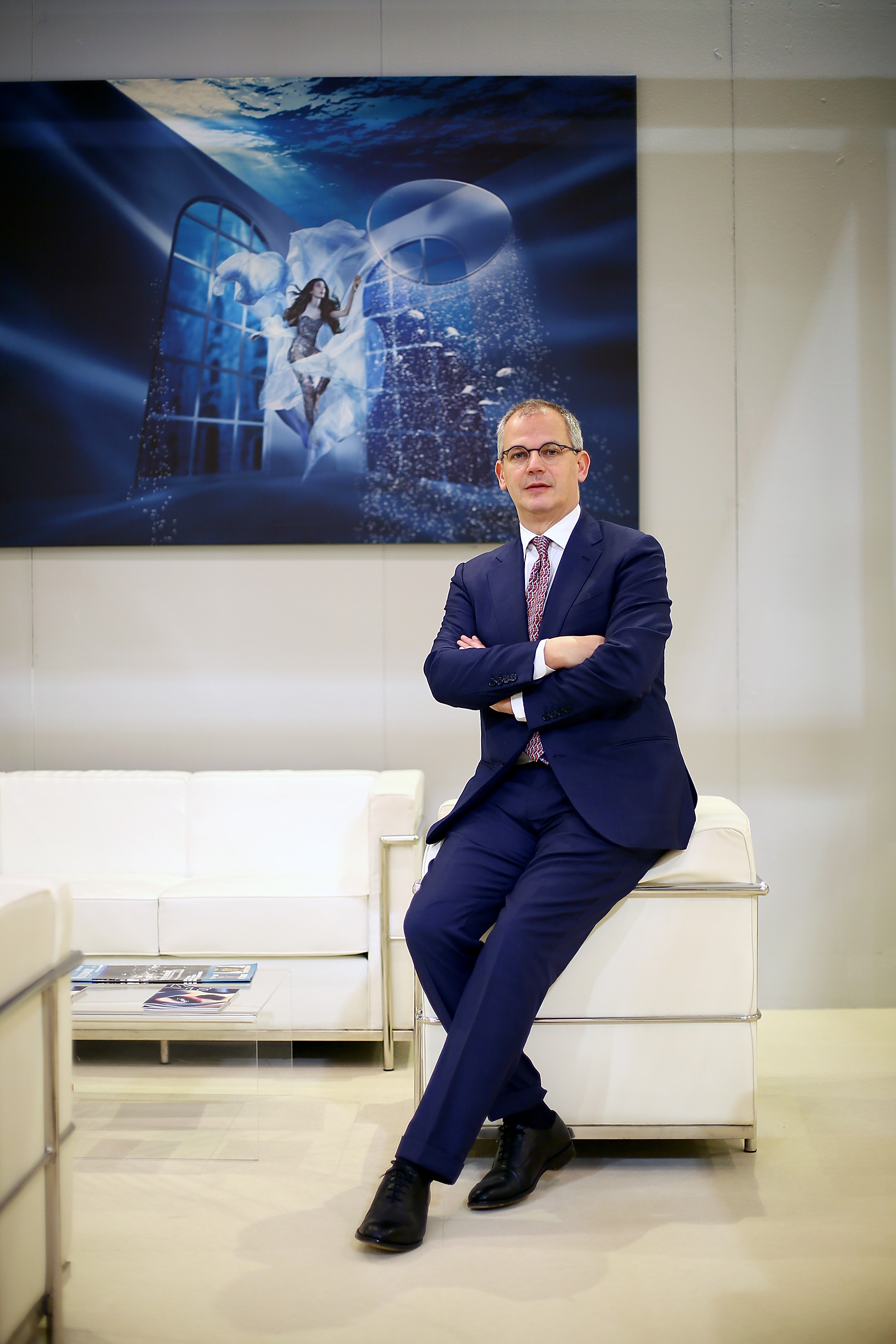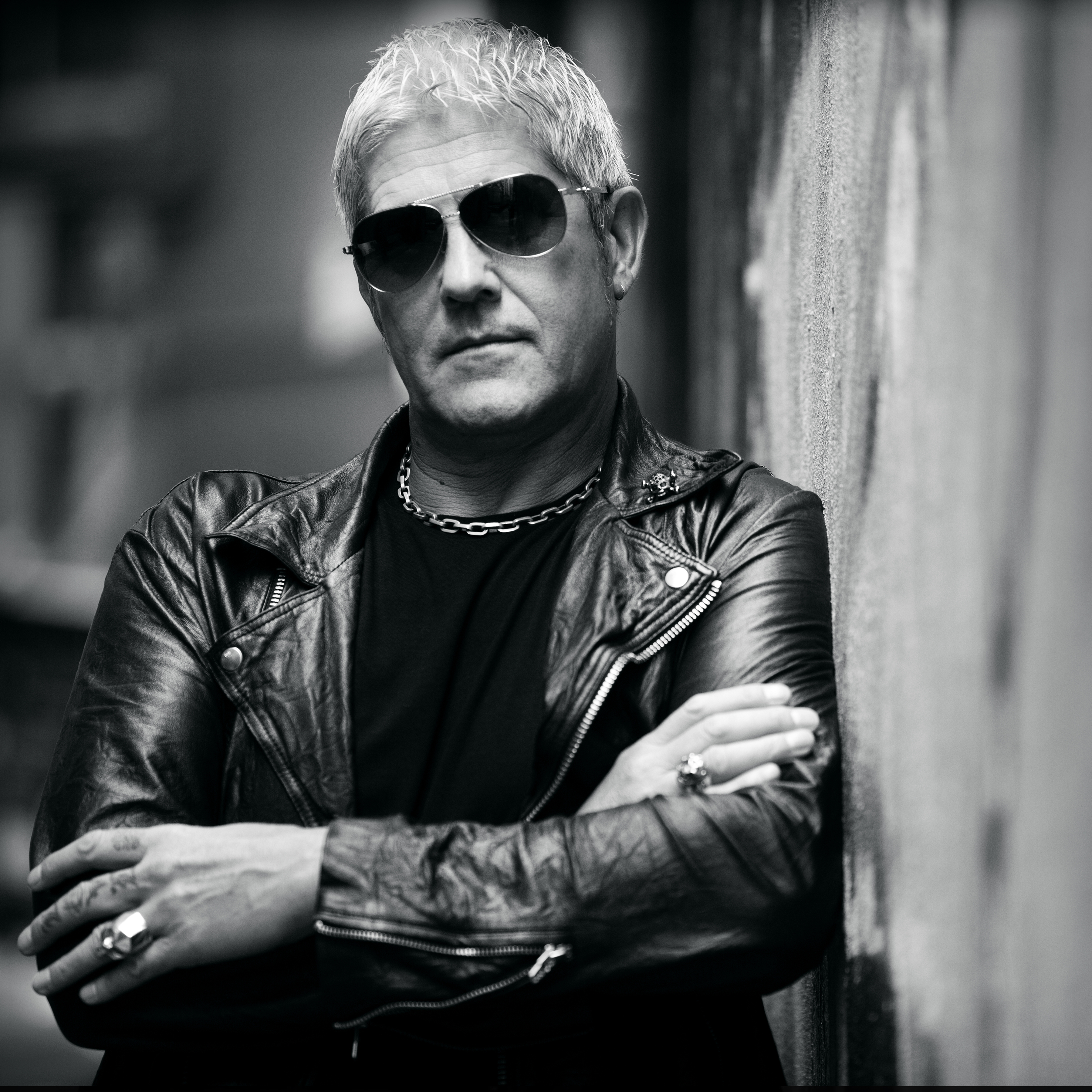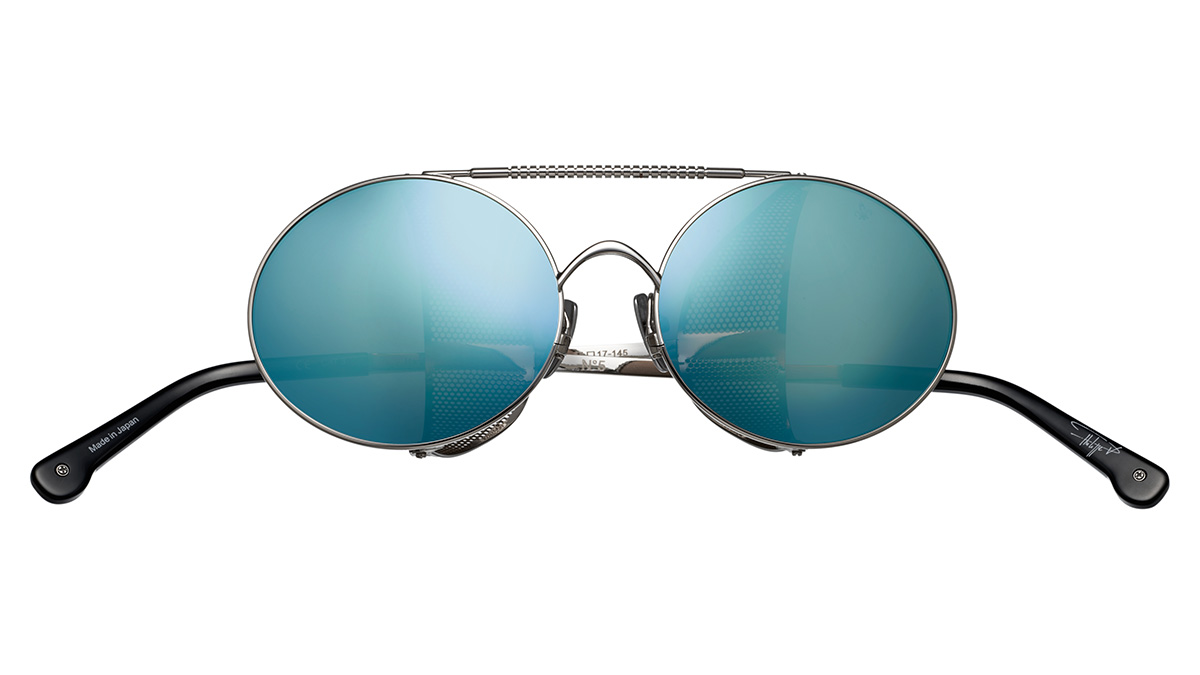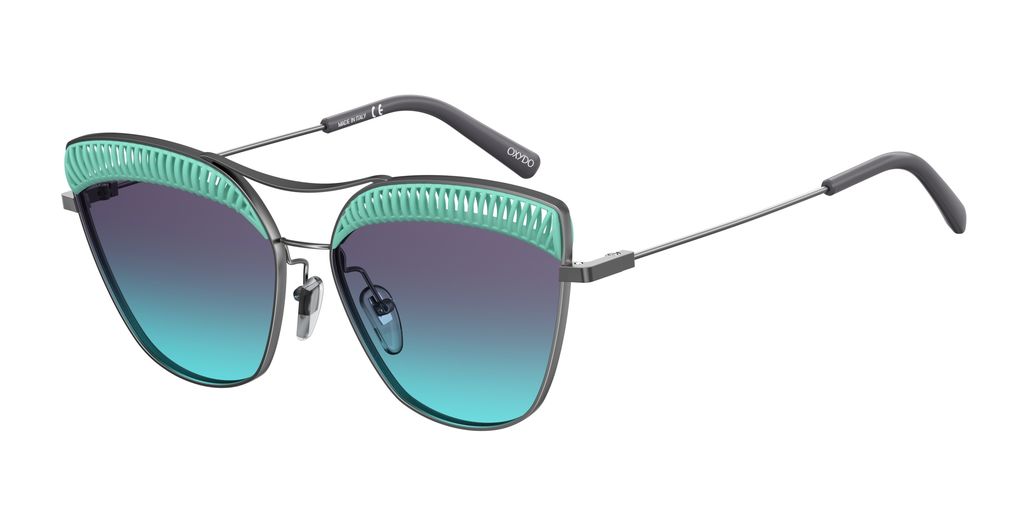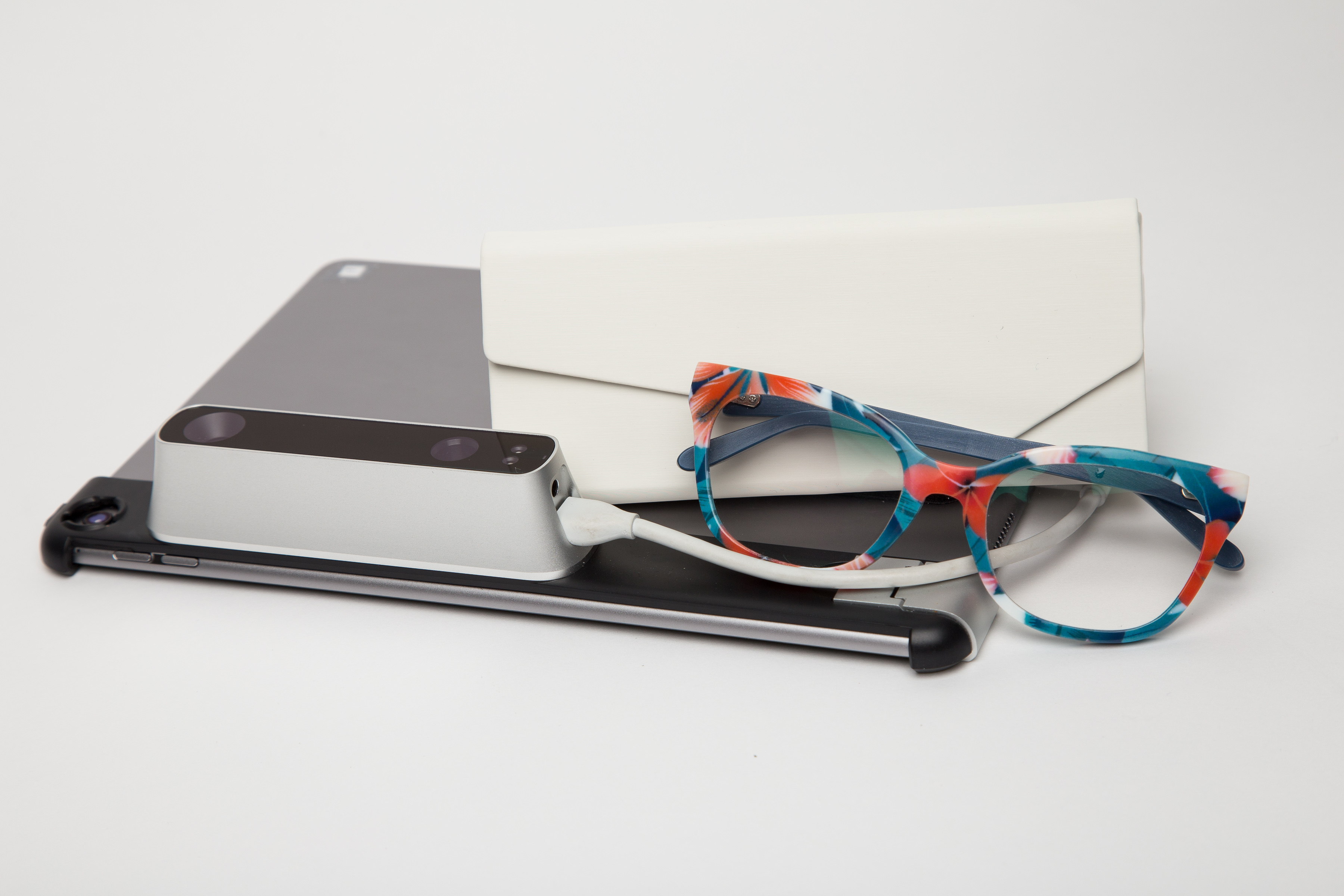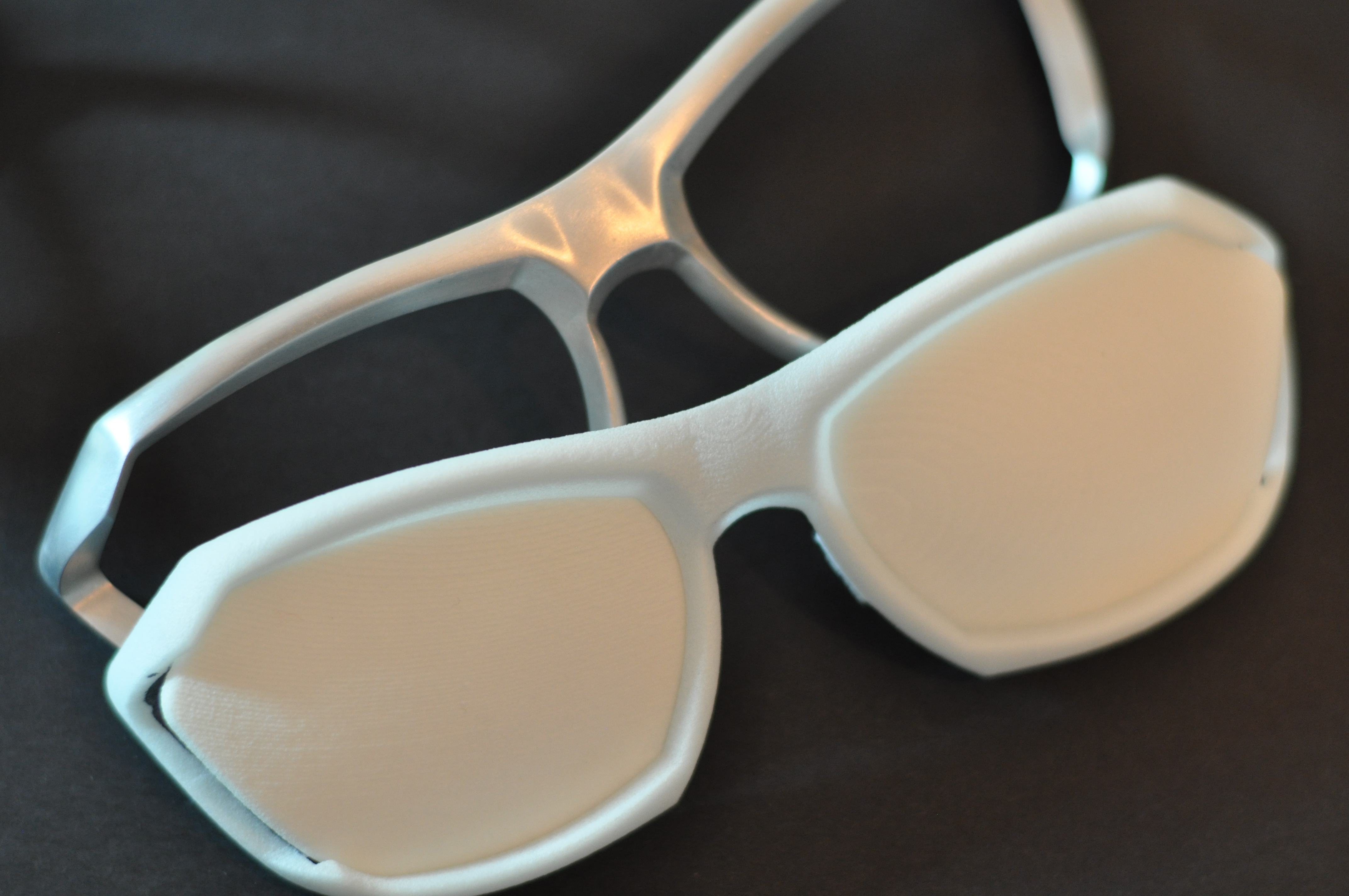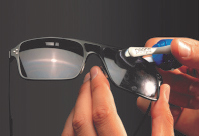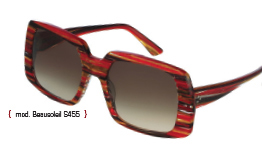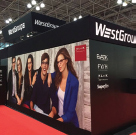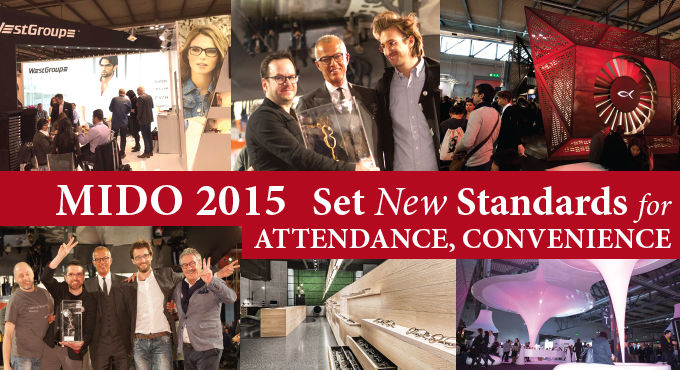“Luxury is what you don’t see.” – Coco Chanel
There’s more to luxury eyewear than jewels, precious metals and big price tags. Luxury is as much a state of mind as anything tangible.
“Luxury is focused at an abstract level on people’s aspirations and dreams,” says Margaret Osborne, professor in the School of Marketing at Seneca College. “Consumers look to luxury brands to fulfill their social and belonging needs. They want to project an image of themselves to the outside world, reward themselves for their achievements and earn recognition from their peers.”
For this reason, the retailer’s pitch must focus on the item’s intangible benefits, says Osborne. “It’s important to meet the consumer’s self-image with the concept or personality of the brand.”
As customers identify their luxury brand preferences they are sending important signals about their values to sales personnel, she notes. “For example, the Dolce and Gabbana brand personality can be described as innovative, extravagant, stylish and trendsetting. A customer stating a preference for this brand is signalling that she aspires to this “look and feel” in her eyewear, even if her final choice is a different one.”
Another important factor is availability, says Osborne, adding that the most important aspect of a luxury image is exclusivity. “The more available a luxury brand is, the less desirable it becomes.”
Not that tangibles are unimportant. Price is certainly a consideration — some people continue to associate luxury with high cost — but Sue Randhawa, owner of The Optical Boutique in Vancouver puts greater emphasis on outstanding quality and craftsmanship when making buying decisions. “Things like high-end materials, and how and where the product is made become very important.”
When a product resonates with a client, they buy it, she says, “not just because of its looks but they fall in love with the story. That’s why product knowledge is so important in our industry. In some cases, there are years of family history to talk about.”
She cites Oliver Goldsmith, whose story goes back to 1926. “We use this information to sell the product. Clients feel they’re buying a piece of history and this adds to their overall experience.”
That experience begins when a client walks into the store.
Your product and service offering must be carefully crafted to support the “white glove” treatment luxury consumers expect, says Osborne.
“From valet parking to personalized greetings to music to sales staff interaction, your supporting environment needs to be perfect. Aspirational point-of-sale material is critical. No courier boxes, plastic lab trays, unpolished mirrors… all supporting merchandising activities should take place out of sight.”
Collections must have presence, so you need to have many different colours and shapes on hand, says Randhawa. “That requires an investment. For example, I have 100 pieces each of Theo and Anne et Valentin.”
Staff training is critical so they can talk about how the frames are made, lens technology and style news, such as who is wearing what in Hollywood, she adds.
“Our approach is always the same – we ask a lot of “lifestyle” questions, discuss their current dissatisfactions and areas they want to address. This usually leads to a frank discussion about wants, needs and budgets.”
Ultimately, the goal is to create a unique experience that will keep customers coming back. “It’s not a transaction — you want to create a relationship with the client. After that, the bond is solid. The feeling I give them is so special that they remember it and they won’t want to go anywhere else.”
Here is a look at the latest luxury offerings from some of the world’s top eyewear companies.
ic! berlin
ic! berlin’s new silk collection marries technical innovation with avant-garde design, says Katie Murphy, director of marketing and communications. “Our eyewear is made for people who appreciate technology and a high-quality product that doesn’t forego fashion.”
The 10-piece, stainless steel collection features limited-edition, handcrafted sunglasses with innovative new colour treatments. ic! berlin’s revolutionary screwless hinge is just 3.5 mm across and uses a patented forked hook to secure the temple to the front. This discreet, elegant feature creates a streamlined transition from front to temple, reflecting the company’s design philosophy: naked and pure.
“Bise”, a cat’s eye style for women, features laqueur on the upper half in pink, red or black, with Physical Vapour Deposition (PVD) on the bottom.
High-end materials are key to the exclusivity of ic! berlin frames, notes Murphy. Light, durable and flexible, all frames are designed, hand made and distributed from the company’s Berlin, Germany facilities.
Marcolin Eyewear
Classic and modern, discreet, clean and linear: these qualities define the new Tom Ford spring/summer eyewear collection from Marcolin.
The collection represents pure luxury, with handcrafted materials, including natural cotton Italian-made acetates. Combinations of metal and acetate give the vintage-inspired models a modern touch, while refined, innovative materials result in lighter, more comfortable styles.
The collection appeals to men over 30 and women 25+ who appreciate an artisanal approach to eyewear and understand the value of craftsmanship, along with high fashion and cutting-edge design, says Lada Silva, president of Marca Eyewear Group, Marcolin’s Canadian partner.
Integrating the characteristics of the iconic Tom Ford ‘T’ into the temples and using a 75-step process by hand, help to distinguish the brand. Designer Tom Ford is also an important part of the design process, a commitment that appeals to customers who want a premium brand.
Match Eyewear
The Judith Leiber brand has redefined the accessory category through its cutting-edge fashion and timeless style. The eponymous eyewear collection from Match Eyewear consists of 26 optical styles and eight sun styles, handcrafted in the finest Mazzucchelli acetate, which provides superior-quality optical plastics.
From amethyst to sapphire crystals, each frame is a dazzling sculptural work of art. Adorned with Swarovski crystals made from the purest raw materials, the frames feature unique Italian acetate colorations, such as Bordeaux, Graphite, Orchid and Denim Blue.
The collection’s latest additions take a new design direction for Millennials, using metal embellishments. The JL 3030 is an acetate front sun style with mottled metal design elements on each side of the frame and temples. Keeping with the sleek metal theme, optical style JL 3028 features a multi-dimensional metal globe detail on the temples.
Perfect Optical
A harmonious blend of technology and art, design and inspiration, the Premium Collection from LineArt CHARMANT, available from Perfect Optical, is aimed at women aged 50+. “They’re not necessarily drawn to brands,” says Perfect Optical President Adrian Maas. “They’re interested in the article itself and appreciate the craftsmanship, materials and design that sets LineArt apart.”
LineArt uses a patented laser welding process called braising to create a laser weld at the juncture of two pieces of metal; this helps to ensure the frame’s strength. All frame temples are made of Excellence Titan, a titanium alloy that retains titanium’s strength and durability, yet is hypoallergenic and highly flexible with superb memory function.
Vivace, the latest design line in the LineArt CHARMANT collection, is a contemporary interpretation of elegant understatement, characterized by its sleek temple design: two fine, parallel lines produce a smooth, streamlined look.
Vivace models project feminine flair and a touch of luxury and are very comfortable to wear. The colourful upper rim of XL2113 VIVACE forms the striking highlight of the full-rim frame, made of the finest titanium. All colour versions have gold-plated temples.
Prisme Optical
The French-made Charriol collection from Prisme Optical Group makes a bold statement about those who wear it, says Prisme President Richard Stortini. “These are people for whom brand is important. Charriol frames are easily identifiable, thanks to the «C» logo engraved on the outside of each tip. They’re noticeable, not discreet, and definitely not for everyone.”
Designed for people 50+, particularly wealthy men who want to celebrate their success, the eyewear is primarily composed of black acetate with gold or silver details on the side.
Style PC7501 C3 is a men’s frame in black acetate, with the signature Charriol cable in monel. PC71002 C1 is a luxurious style for elegant women in Tortoise. Made from acetate and monel, it features Swarovski crystals adorned by hand.
Selective in its distribution, Charriol offers independent opticians an alternative to more widely available luxury brands. All Charriol frames are identified by an individual serial number and come with a worldwide guaranty card.
Spectacle Eyeworks
Two stunning new stainless steel styles, featuring 3D-inspired patterns and multi-dimensional effects, come to us from Spectacle Eyeworks. These elegantly edgy designs exude a refined boldness that is sure to intrigue even the most discerning audience, says Director and Chief Designer Mehran Baghaie.
“I wanted to create something that would intertwine the strength of geometric lines and angles with multi-faceted, slightly textured patterns and contouring,” said Baghaie. The result: Khai and Karl, two understated, yet striking creations that give life to the designer’s vision.
These German-made frames feature diverse dimensions, tactile elements, and rich, earthy hues. Each is available in seven colour options, including a burgundy jewel tone and metallic pewter. All frames include a signature case and two-year warranty.
WestGroupe
New to the luxury eyewear segment, WestGroupe is proud to offer the ZEISS Eyewear collection. Featuring 14 optical styles (seven men’s, four women’s and three unisex) for those with a sophisticated eyewear palate, the collection maintains the high quality and integrity of the ZEISS brand.
The materials of choice are titanium and TX5, a state-of-the-art material for premium plastic frames. They create ultra-light frames, combined with great strength and transparency.
Rich, saturated colours range from classic neutrals to high-fashion shades, coupled with gold and silver accents for a touch of opulence. Custom-integrated spring hinges, titanium temple tip caps, and titanium nose pads enhance the brand’s luxury appeal.
For women, ZS-10007 features a modified square shape that is easy-to-wear in TX5 material. Titanium double-wire-style temples create an airy, lightweight look and are finished with titanium inlays at the end piece.
ZS-20004 is a men’s style featuring a tonal gradient TX5 front with matte finish. A titanium inlay connects the end piece and temples for a signature design detail. An integrated spring hinge provides additional comfort.
Sàfilo
Glamorous, enchanted, classic: that’s Jimmy Choo, the women’s luxury fashion eyewear brand from Sàfilo.
The 10-piece SS18 ophthalmic collection offers an unparalleled level of product distinction, using exotic materials, luxurious detailing and Swarovski crystals.
Styles are offered in metal, with a star pattern, acetate (with and without glitter) and combination frames. A new material used in the collection is an exclusive, ultra-fine Swarovski crystal embellishment.
The highlight of this season’s collection is a rounded aviator shape (Jimmy Choo JC 200) in a thin, lightweight metal construction with star cutout detailing along the side of the temples for a sophisticated, playful look.
There are 11 new sunglass styles in the SS18 collection, some of which feature ultra-fine Swarovski crystal embellishment. The ‘Priya’ sunglasse feature a signature glitter finish on the temples. Shiny metals and sleek acetates are also used on certain styles.
Jimmy Choo eyewear is designed for women 25+, who are passionate about fashion and appreciate timeless and iconic luxury accessories with exceptional Italian craftsmanship.
Marchon Eyewear
Classic styles married to French allure define the Longchamp collection from Marchon. Wearable and fashionable with easy styling, the collection’s 13 optical and 12 sun styles are perfect for the active woman 30+.
The collection includes a large offering of metal frames, plus thin-profile acetates with iconic details and rich, eye-catching colours. Gold elements at the hinges, leather detailing in the temples and gold horse emblems on every acetate frame exude luxury.
The collection is available in a wide range of shades and bright colour combinations. A finished marble effect on select frames creates an elevated look and feel.
From the Roseau collection, the LO617S features a feminine cat-eye frame made of acetate, with beautiful marble-effect colours, highlighted by gold metal temples and comfortable acetate tips. The Roseau collection utilizes a bamboo-style hinge, taken from the namesake line of bags. Chic and modern, the Roseau line adds a level of sophistication to the full collection.
By JoAnne Sommers

